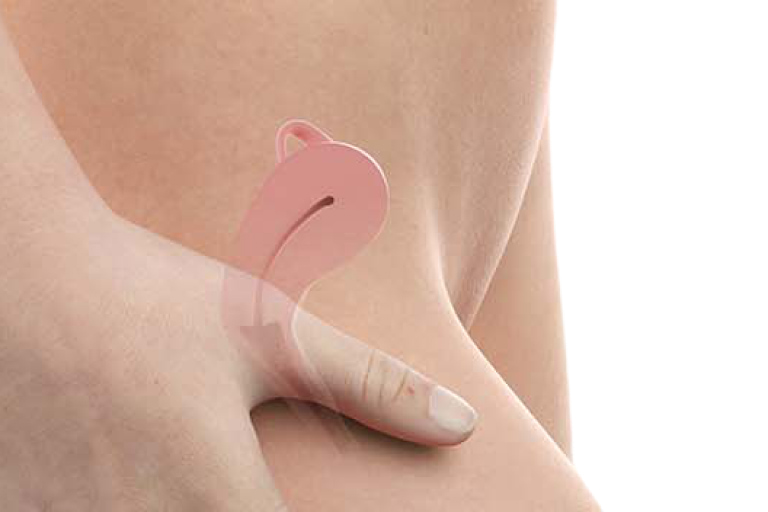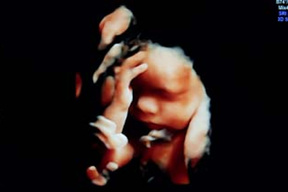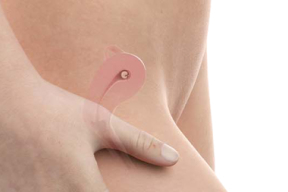Ovulation
At the same time as your follicles are busy maturing an egg, the lining of your uterus is building up. Estrogen is released by unique cells in the follicles, and this helps to switch on the process of preparing your uterus to be ready to receive a fertilized egg.
If fertilization of your egg with sperm doesn’t occur, the blood-thickened lining inside your uterus will not be needed and it is shed in the next period. This usually happens two weeks after ovulation.
When will I ovulate?
How can I tell when I ovulate?
- Some women develop a heightened sense of smell or sensitivity to odors they aren’t usually conscious of.
- Pain in the pelvic region. This is known as Mittelschmerz; a German word which translates as middle pain.
- Changes to the cervical mucous. These changes from the normal pattern are designed to encourage the sperm to swim more easily up through the cervix and towards the egg. Fertile mucous can look like egg white or be more watery and slippery than it usually is.
- Some women develop an increased libido and feel more sensual towards their partner. At some biological level this is nature's way of encouraging couples to have sex at the most fertile time of a woman's cycle.
- There are saliva and urine tests available which can detect hormonal changes to alert a woman to the fact that she has ovulated. These tests are available at pharmacies.
- An increased basal body temperature. A woman's temperature rises a couple of degrees from her baseline temperature when she is ovulating. Charting your temperature for a couple of months will help you see a pattern developing which can help you know when you are most fertile.
- An egg is capable of being fertilized for around 12-24 hours after it has been released from its follicle. Sperm can live for much longer, around 3-5 days. Which means they can lie in wait for a few days, biding their time until the opportunity presents itself for successfully fertilizing an egg. This is why if you are trying to get pregnant, it is worthwhile timing sex to coincide a few days either side of when you have ovulated.
Fertilization
It takes two to make a baby
Don’t worry if you don’t conceive in the first month or more that you start trying. It can take a while to get to know your cycles and when your most fertile time is likely to be. There is only around a 20 percent chance of getting pregnant each month and it takes many couples up to 12 months or more to conceive.
Your physical changes this week
Your emotional changes this week
Your baby's changes this week
Hint for the week
,
If you want to conceive, make plans to have some intimate time to have sex with your partner. In our busy lives this can sometimes take some planning and organization.
,
Don’t forget you need to start taking prenatal vitamins which include folic acid. The recommended dose in early pregnancy is 400 mcg/day.
,
Now, for week 3 when you are really going to feel you're getting somewhere!
The information of this article has been reviewed by nursing experts of the Association of Women’s Health, Obstetric, & Neonatal Nurses (AWHONN). The content should not substitute medical advice from your personal healthcare provider. Please consult your healthcare provider for recommendations/diagnosis or treatment. For more advice from AWHONN nurses, visit Healthy Mom&Baby at health4mom.org.










